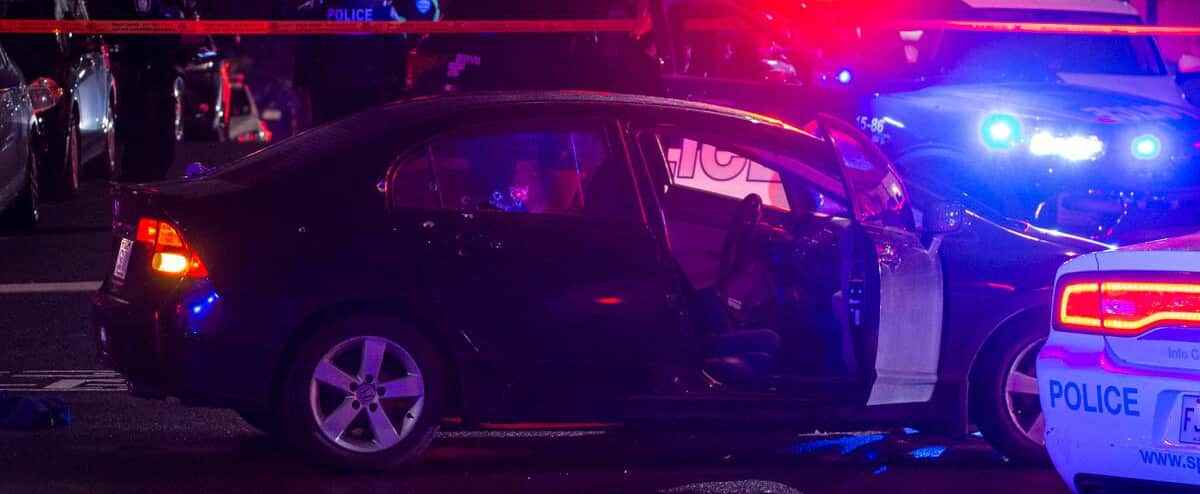For the past two years, armed violence, firearms trafficking, street gangs and criminal organizations have occupied much of the media coverage. We were treated to a series of announcements with millions of dollars in repression and prevention. The newspaper, under the pen of Valérie Gonthiereven devoted several pages of the last weekend to prevention.
On Thursday, the Professional Order of Criminologists of Quebec (OPCQ) will hold its first congress since its formation in 2015, and guess what the theme will be: Network crime… a complex reality. I will talk about street gangs and child prostitution rings. Even the November review of the OPCQ, The Beccaria, covered The use of firearms, portrait of the violence committed and suffered.
This means that the criminal ecosystem, particularly the milieu of criminal groups, is causing a lot of ink to flow these days.
Let’s be realistic!
In my discussions of gun violence, one question keeps coming up: how do we eliminate it? It would first be necessary to make violence in itself disappear. Do you really believe that humans can do this? Ever since mankind has existed, violence has been part of its DNA. Domination and power, that is his power of life.
Knowing this propensity for violence, the Human has invented “his own chain” to calm the intensities of some and protect the most vulnerable. It has been given the name “social control”. To simplify this complex concept, imagine a tote bag where you can put all the “tools” taken by a society in order for you to live up to its standards and values. It concerns family upbringing, school rules, laws and regulations, etc., and even your superego. You know, that little inner voice that tells you what to do or what not to do.
So, can gun violence be eliminated? No. Can we try to control it? Yes.
Prevention and repression
There is no magic recipe. It is best to use strategies that have been scientifically proven to be effective with the right people.
When there is an increase in shootings, it is important, first of all, to understand the dynamics at stake. In the case of Montreal, we know that the majority of the attacks were perpetrated by criminal groups. We also know that the accessibility of handguns is a problem that should not be overlooked, as well as the exacerbation of violence and its exposure in social networks.
Consequently, a good strategy amounts to increasing the pressure on criminal groups with the objective of removing weapons from the streets and calming conflicts through arrests, while combining preventive actions with young people in the field and the web. Neighborhood stakeholders must also be called upon, because concerted action and problem solving lead to good results.
Everything is a question of balance between preventive and repressive actions.

